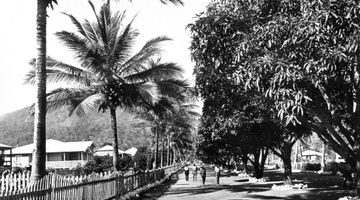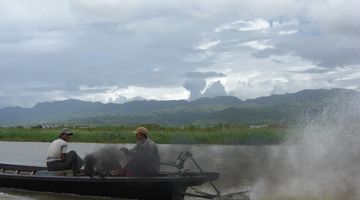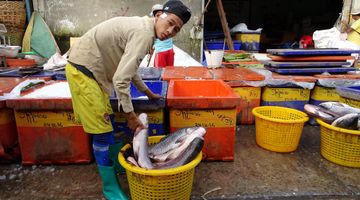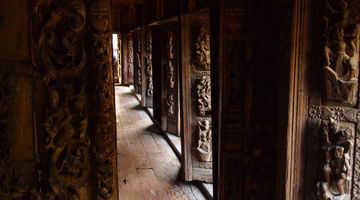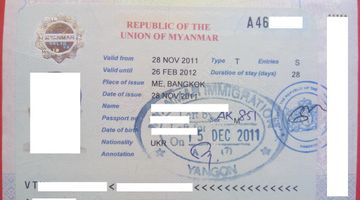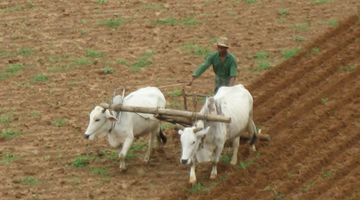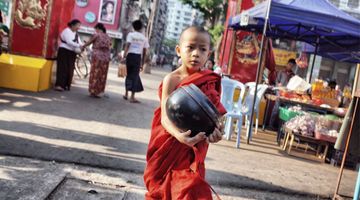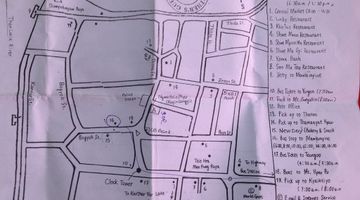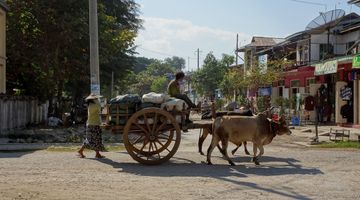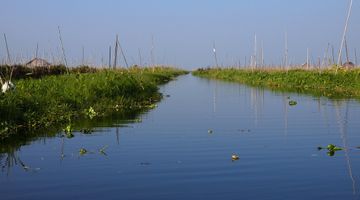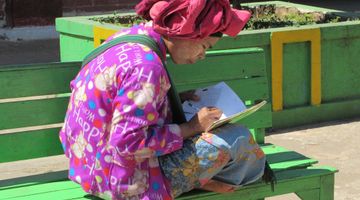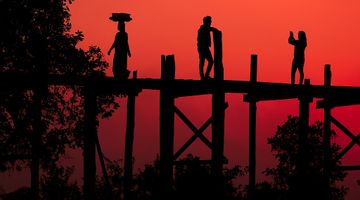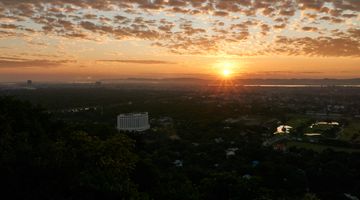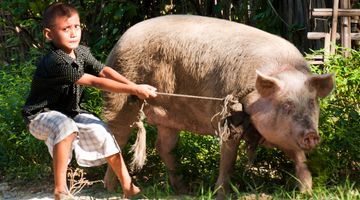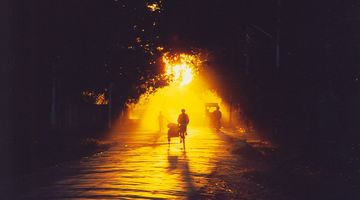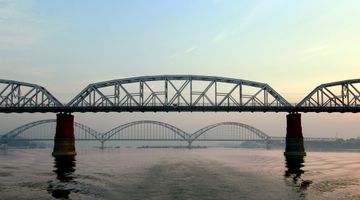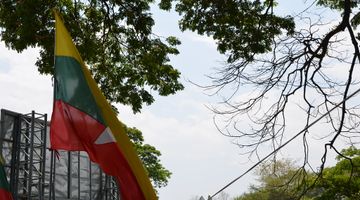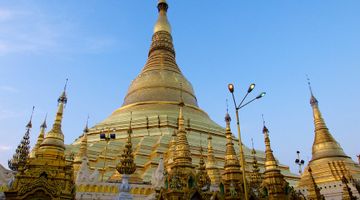Water, Laughter and Fun: Join Thingyan, or Myanmar Water Festival
The Water Festival of Myanmar (also known as Thingyan) is a four-day water fight that takes place throughout the country to celebrate New Year. Thingyan is the biggest event in Burma and is a popular festival for both locals and tourists alike. Keep reading to get the essentials about this Myanmar traditional festival.
What’s the Water Festival and When is it Held?
Thousands take to the street for a big party and to throw water over their family, friends, neighbours and pretty much anyone else they can. This is a fun cultural event to experience and is similar to Songkran in Thailand.
The Thingyan festival in Myanmar is a public holiday that lasts for four to five days in April with the final day being the Burmese New Year. As this follows the Buddhist Lunar Calendar, the exact dates vary. If you do visit, expect to face difficulties as a traveller since the whole country is enjoying the celebrations.
The History of the Water Festival in Myanmar
The water festival dates back centuries to the early Hindus in modern day Myanmar. Early traditions were modified with passing generations, which caused the event to evolve and become characteristic of Burma today. Experts believe the Kingdom of Bagan were the first Burmese to adopt this tradition about 800 years ago in the 13th century.
According to local mythology, the head of Arsi, the King of Brahmas, was replaced with one from an elephant. This created the Hindu deity Ganesha. Water was said to evaporate when it came into contact with Ganesha’s head and this terrified the worshippers. After all, he could easily destroy large parts of the world by making the water disappear. So, to keep his power in check, the head was moved to a different princess each year.
The roots of the modern day water festival in Myanmar celebrates the head getting transferred to a new princess and thus preventing the destruction of the world.
How is it Celebrated Nowadays?
Thingyan is separated into two main parts.
Before the festival starts on A-Kyo Nei (Thingyan Eve) many people live according to the Precept of Buddhism for the entire day. This includes eating a small bland meal in the morning and fasting for the rest of the day as well as refraining from certain activities during the daylight. Thingyan Eve is characterised by formal religious practices.
As the day progresses, people go to the temple to make offerings and give donations to the resident monks. A typical offering is a bunch of bananas and green coconuts. It’s also customary to wash the statues of Buddha throughout the country, which is a big part of Burmese customs and culture.
The real celebrations start after nightfall.
Stages are set up in pretty much every village, town, and city where people can enjoy traditional music and dances. Alcohol becomes freely available and people parade around the streets with large floats.
When the religious formalities end, the Water Festival starts in earnest. A large cannon is fired into the air causing people to run around widely with buckets and pots. The collected water is then poured onto the ground in a ceremonious way.
As the festival progresses, people start to throw and spray water at each other with guns, buckets, and even fire hoses. Only the elderly and infirm are immune.
Everyone is fair game.
The Best Places to Participate in the Water Festival
The Water Festival in Myanmar is a nationwide event. This means that, as a tourist, you can find your perfect Myanmar Water Festival photo in any place that you visit. Major tourist destinations including Yangon, Mandalay, Bagan, and Inle Lake have larger events that visitors can enjoy.
Mandalay is probably the best and most vibrant place to experience the Myanmar Water Festival.
Groups hang around Mandalay Palace on their motorbikes listening to music and hurling water at each other. Those from nearby villages and towns come here to celebrate in the larger event.
Yangon isn’t as active as Mandalay.
The government restricted the festival in Yangon due to drunken behaviour and rowdiness being inconsistent to their conservative Buddhist beliefs. Unfortunately, this is spreading around Myanmar and the events and festivities aren’t what they once were. Since 2016, people are only permitted to have a water fight at certain times of the day. Though this is rarely observed.
But, as a foreigner, you can expect to be the centre of attention when it comes to the soaking. Locals love foreigners and you’ll probably find that you’re targeted more often. Even if you don’t want to!
Essential Recommendations for Travellers
Well, to start off with, this is a water festival and you need to protect your electronics. The nature of this festival is to soak other people and pour water over them. The best piece of advice is to get yourself something waterproof to protect your phone and camera. This can be a sealable plastic bag to keep the water out.
You should also consider that getting around will be more difficult. Many shops and businesses are shut for the four or five days during the public holiday.
And finally, in recent years the event is gaining more notoriety for heavy drinking, drug abuse, and petty crime. Tourists, especially women, may feel harassed by some of the men. Also, expect the locals to drink heavily and drive their motorbikes home through poorly lit streets. Be very vigilant to stay safe.
The Bottom Line
The Thingyan Water Festival is a great event to experience if you’re visiting Myanmar in April. Expect lots of water, laughter, and fun. But also make sure you protect yourself and your belongings.









